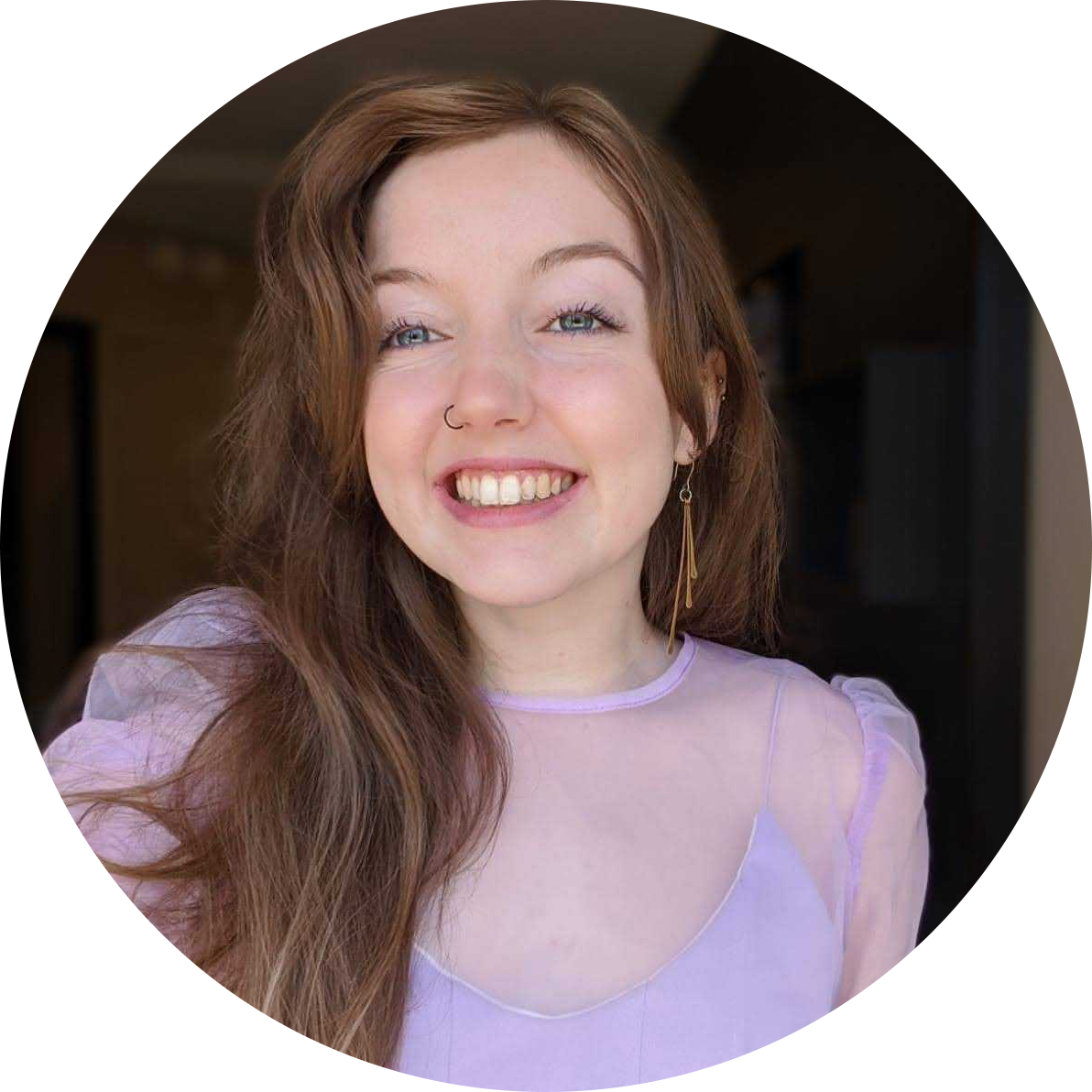This week, Zappar CEO and Co-Founder, Caspar Thykier, is joined by Jan-Erik Vinje the Managing Director of the Open AR Cloud Association, whose mission is to drive the development of open and interoperable AR Cloud technology, data and standards to connect the physical and digital worlds for the benefit of all.
In this session, they cover:
1. How Jan-Erik’s journey with the AR cloud began
2. The challenges of building a decentralized AR cloud network
3. The potential use cases for this decentralised network
4. What exciting developments are next for XR
The Conversation:
The journey to the AR Cloud
We kicked off the session by getting into how Jan-Erik started his journey into the XR space culminating in his work with the AR cloud.
“This certainly started way back in the early nineties for me when I was doing some 3D graphics for sort of a reverse form of AR. And then I had a long and winding road doing multimedia, then over the time, after being an IT consultant for a few years, I ended up in Norkart where we did a geospatial software company and we did this pilot for the Norwegian Mapping Authority, where we rendered 3D content in the real world. Based on your geospatial position and orientation, we mixed AR and geospatial and what I was doing was done manually, but we wanted to do this automatically and that made us think about doing stuff in the cloud.”
Jan-Erik told us that once Ori Inbar started talking about Ar cloud he realised that “this stuff wasn't figured out” and he began reaching out to people asking the important questions.
“Shouldn't there be standards? Shouldn't we consider privacy issues? Shouldn't we start to do this in a responsible way as an industry and make it great for everyone?”
“So I was really privileged to be able to reach people like Ori Inbar and many others. And there was this shared sense of understanding that we need to come together as an industry to work on these really hard challenges”
“The people I'm working with, they care mostly about the interaction between the real world and the digital world. So this is physical digital fusion that is really at the center of our attention.”
Avoiding Black Mirror...how the technology can benefit everyone
We asked Jan-Erik what the challenges were in creating this decentralized AR cloud network and for him they fall into two categories, the technological and the ethical.
“Obviously, there's a lot of technical things, it's very early days for this technology. You need stuff like the position and orientation, do that using AR clouds. Now it's simply visual positioning. So there's this whole range of technology challenges and R&D, deep, deep R&D.”
For Jan-Erik the biggest challenges seem to be ethical ones, “challenges that relate to privacy, security, could be who is the rightful entity to make decisions about what you do with the spatial web at that location? Like is it a military base? Is it a public square? Is it a shopping center or is it your personal home? All of these things are different contexts that might have different rules that should apply. And those things have not been worked out.”
He believes that the best way to start working these things out is to “to start that process towards how we can make this future civilization, use this technology in a way that benefits everyone. It's early days and we have excitement around it. But there's also this double edged sword where it's easy to imagine how this can take like a Black Mirror kind of route to where people end up being in digital prison and being surveilled at all times, or people being exploited or people being put into harm's way.”
“We know the ramifications of powerful digital technologies. And that's why we need to have a diverse group representing many different perspectives, come together and talk about these things and work on things and make prototypes and do experiments and see how these things can be put together in ways that, like potentially makes the world much better and leaves these people more people in control, more decentralized than today's digital worlds.”
What are the possibilities?
When we asked Jan-Erik what possible use cases he imagines for this technology he replied…”what are the use cases for the World Wide Web?”
“It's a gazillion use cases and after some time with the web, we started to see that some use cases started to materialize as web native, that they were uniquely benefiting from this new technology. There are things that it wouldn't have been super easy to predict in advance, and that would be the same for spatial web technologies. We cannot just sit down here, and theorize about what will be the best uses of this technology.”
Although Jan-Erik did offer us a glimpse into his best prediction in the form of his new start up…
“I'm betting on democratizing urban planning for people. So what is more impactful, a more impactful use of this technology than having everyone in the city being able to participate in the decision making of how the future of that city will look? So we're putting together 5G edge cloud rendering and AR cloud visual positioning and will be able to visualize photorealistic renderings of buildings in real time at the location for everyone who wants, who cares about the future of their city. And that would be a really, really cool thing to bring to the world.”
Looking forward...
Jan-Erik had a lot of very interesting thoughts on the future of the space.
“It's important to see the momentum behind the AR cloud from all these big players now. The problem is they're not they're not doing this in the way that Open AR Cloud is envisioning, they are not doing it like the spatial web future that we are dreaming of where things just work across any platforms. When you publish a website, no matter what is your device or your browser, you see that content. But now there's these walled gardens, proprietary App Store models, that's not what people would like to see.”
“People would like it to be more like the web, and that's where I think Zappar and AR Cloud - it's really, we're excited about the web platform and excited about those principles, about open standards, open protocols.”
“That is the way forward. That is the future that more people would love to see. Whether you're an individual consumer, you're a business or you're a city or a government. This is the kind of qualities you would like to see for the spatial web.”
 Taylor Revert
Taylor RevertMarketing Manager, Zappar
